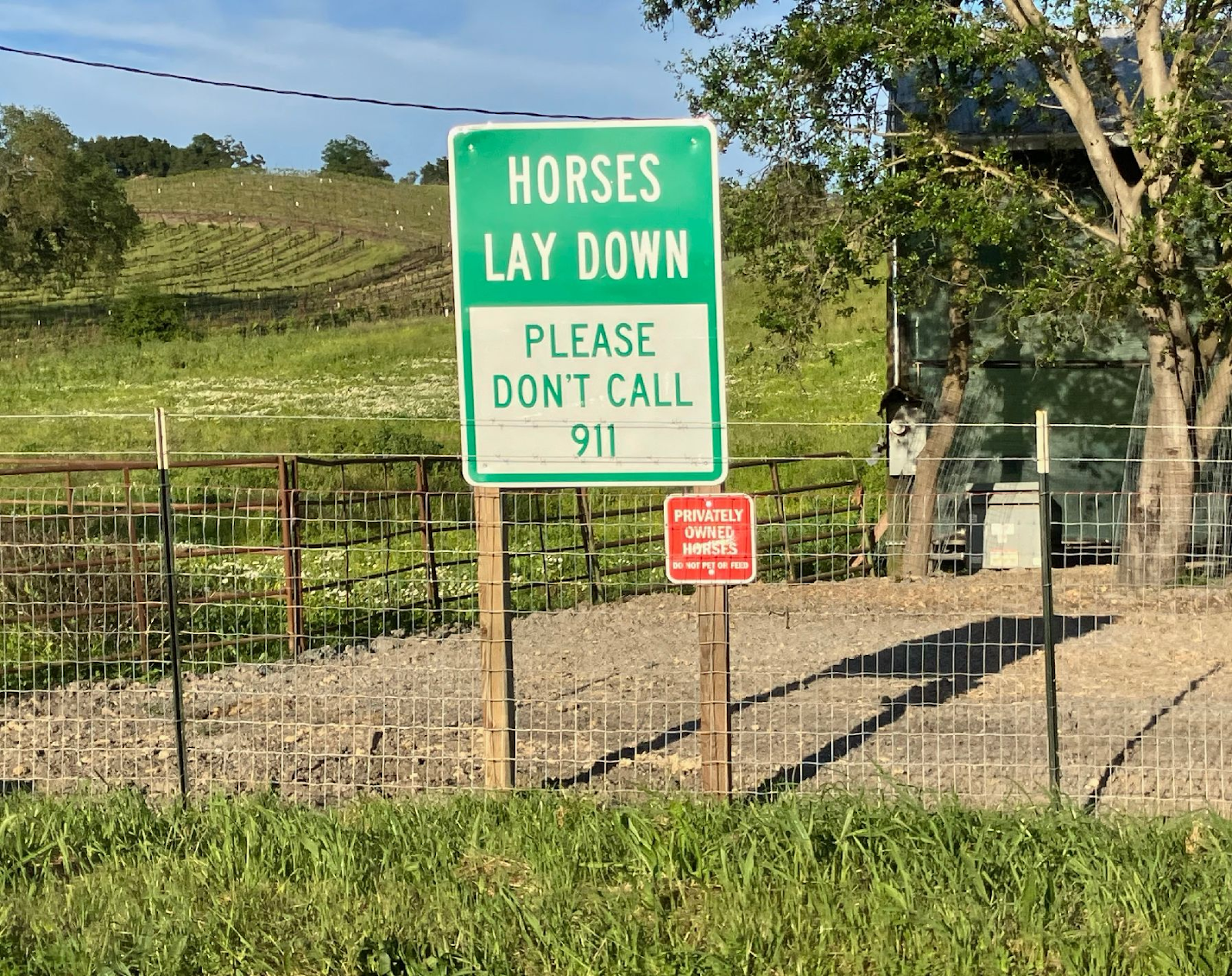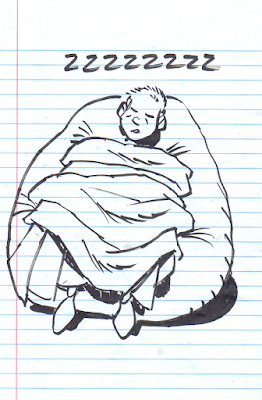Oh. I just learned that one of the important mentors in my life, Dr. Glen Erickson of UC Davis, died in 2021. I caught a mention of him in an alumni newsletter and looked him up.
I majored in physics at Davis but my real passion was astronomy, of which Davis offered very little at the time (in recent years the school has become a cosmology powerhouse!). I clearly remember when Dr. E. came into my freshman astronomy class and asked if anyone wanted to earn half a credit helping him with a little project. I sprang out of my chair faster than a meteor.
For the next year or two, we spent long nights in the small campus observatory doing photometry on an object called Nova Vulpecula. By measuring the brightness and color of a variable star over time, you can deduce a lot about its age, size, fate, etc. Every quarter I wrote up a little report and got my half credit. Dr. E. never published our research. I think he just liked doing it.
In retrospect, Dr. E. was incredibly patient with me, especially when I took his "Mathematical Methods for Physicists" course my junior year, which was deliberately designed to separate the wheat from the chaff who maybe ought to reconsider their life choices. I struggled. He helped. I passed.
At the same time, I was involved in the Astronomy Club, for which he was the advisor, and we spent a few evenings peering through the Lick Observatory's historic 36-inch refractor (life-changing!) and doing more photometry at UC Berkeley's Leuschner Observatory. I also ran the university's public viewing program and TA'ed astronomy labs on the roof of the physics building.
I earned my degree, graduated, and kept in touch with Dr. E. for a few years but then drifted away, as students and teachers do. That would have been the end of it except 25 or so years later, when a UC Davis physics professor I didn't know contacted me out of the blue and asked if I'd like to speak to a weekly seminar he held on the general subject of "What You Can Do with a Physics Degree."
I wasn't sure I was the right person for the job. I've never worked in physics, never done real research. I was an environmental chemist for 12 years, but that was mostly pushing buttons. I was an odd choice; he assured me that odd choices were just what he wanted.
So I went, along with Karen and our daughters, who were UC Davis students at the time. And who did I find when I walked in the door but Dr. E., then a retired professor emeritus. He saw my name on the schedule and came!
The first thing he did was pull out a framed caricature I'd drawn of him and posted in the astronomy library 25 years earlier. I remember clearly: it had hung there for a week or so and then one day it disappeared. I figured someone had tossed it. But Dr. E. had taken it himself, kept it in his home office, and now, decades later, wanted me to sign it.
That meant the world to me. I'm glad my wife and kids were there to see it.
I told the seminar about how I used physics in my brief career as a newspaper reporter, taking on any story remotely science-tinged (including the Challenger disaster) and writing a weekly astronomy column. I talked about how I drew on my physics background to
pitch stories to the producers of "Star Trek: The Next Generation," "Deep Space Nine," and "Voyager." I never sold one but learned a lot about character and story structure that has served me well. I talked about my environmental chemistry career, which was really just physics (heavy metal spectroscopy), and my subsequent career as a science writer specializing in renewable solar, wind, hydrogen fuel cells, etc.
I think it went well. Everyone seemed happy. My host took me, my family, and Dr. E. out to lunch.
I again began to almost apologize for not being a model physics alumnus. I didn't go to grad school, didn't continue in the field, never contributed to answering the great questions of science. Dr. E. sat back and twinkled.
"You're a very successful physics graduate," he said. "You made physics a part of everything you've done. You integrated it into your life. You are exactly what I always hoped my students would become."
Well.
Wow.
Holy moley.
I'd spent the previous 25 years feeling like a mediocre student who'd more or less wasted my degree--kind of a physics failure, really--and Dr. E. turned that perspective around 180 degrees in half a minute.
I, in turn, said how much his support, encouragement and friendship had meant to me, and I could tell that meant a lot to him. If you have a mentor who changed your life, and I hope you do, take the time to thank them while you can If you can be a mentor, do it.
As a cartoonist, I've long considered my physics education my "secret sauce." It's an unusual background (but not unique,
Jim Ottaviani!). It colors all of my books to one extent or another, and wait until you see my next one: a real science-palooza! Physics has never been something I do, but it is the lens through which I see the world. It's kind of who I am.
Dr. E. gave me that. I'll always be grateful.
EDITED TO ADD: I KNEW I had this photo someplace! I just had to dig for it (through the few small boxes of old photos we saved from the fire).
This is Dr. Erickson and I on the roof the UC Davis physics building on Picnic Day 1986. Picnic Day was (and still is) a very popular open house held in the spring. Former students return, prospective students explore, everyone throws open their doors and puts on a show. I had graduated by then, but was working in the area and still came back to campus from time to time.
I forget the details on this telescope. It was old and historic, maybe an Alvan Clark? It's obviously been set up to project an image of the Sun on the white screen at the bottom of the business end.
Some of my happiest times happened on that roof.














































